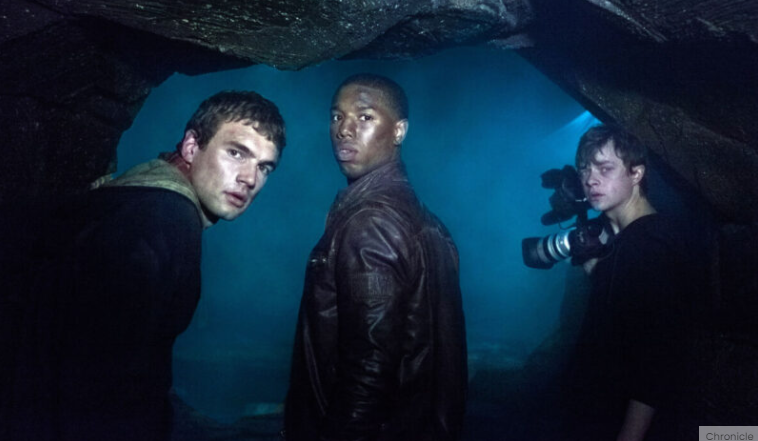Chronicle Reveals the Superhero Origin Story 10 Years Later
2012 was a landmark year for superhero movies. The MCU’s hard work paid off in the spring when its iconic first Avengers crossover film was released worldwide. In July, Christopher Nolan’s groundbreaking Batman trilogy ended with The Dark Knight Rises. DC’s cinematic universe launched just one year later. It is safe to say that the game was changed.
It is easy to forget that cape n’ cowl has grown in popularity over the last decade to accommodate more stakes and more outlandish characters.
Josh Trank’s Chronicle, shot in found-footage style and featuring a slow-burning, naturalistic take on the origin story of the superhero, Josh Trank’s Chronicle, has more similarities to Carrie and Akira than it does with Spider-Man & co. It’s a familiar story, with a trio of teenagers finding an extraterrestrial object that bears a striking resemblance to baby Kal-El’s escape pod from Richard Donner’s Superman. This object awakens telekinetic abilities for all three.
The film stands out among its peers because it does not come naturally to Andrew DeHaan, Steve (Michael B. Jordan), and Matt (Alex Russell). They have to use their newly-acquired talents for the greater good or any meaningful purpose for that matter. It is a gradual process that teaches “power and responsibility” rather than the one-time turning point in origin stories like the death of a loved one.
The first half of the film’s 90-minute runtime is instead dedicated to amusing pranks. These include assembling a LEGO kit without any assistance and moving a shopper’s car through the supermarket parking lot while they try to keep their heads straight. The teens discover that their telekinesis can lift them off the ground and allow them to fly high above the clouds. Andrew, the main protagonist, suggests that they travel from Tibet after mastering their superpowers.
It’s clear that the leads enjoy the role of the information, and their genuine smiles and laughter make the scenes seem more real. These characters aren’t archetypes or symbols – they feel real. The found-footage approach allows for fourth-wall-breaking eye contact, which helps to include the audience in their close-knit friendship.
Jordan is the charismatic leader of his generation. He brings warmth and sincerity into a “lovable jock” role that could otherwise seem stale. He plays Steve, a skilled quarterback and leading candidate for the presidency of the class. He finds solace in his newfound brotherhood, which allows him to be himself and not conform to others’ expectations.
On the other side, DeHaan plays Andrew as the perfect outsider, bringing in resentment and hostility to every scene. He, too, begins to come out of his shell as the group explores his powers together. However, it is harder for him due to his turbulent home life. Andrew’s mother was diagnosed with cancer by his father. He then drinks and abuses him. Andrew distrusts his father and decides to document every day of his life through the camera.
Andrew’s closest friend before getting to know Steve is his cousin Matt. Alex Russell plays the role of Chronicle’s everyday man. Matt is a stoner-philosopher who has the ambition to be something more than he wants, but his musings about the world slowly become a moral code that puts him in conflict with Andrew’s reckless use of his talents.
However, it would be simplistic to say that Matt and Andrew are the heroes and villains of the story. Andrew’s misanthropy and rage are almost always justified. However, his responses become disproportional with an unknowable and growing power, and his worldview is distorted and radicalised. Andrew isn’t very menacing once he has completed his heel turn. The final battle is a teenager’s tantrum on a life-or-death-scale scale. His monologues about becoming an “apex prey” are just as pitiful. Matt is aware that his best friend is too far away when Andrew wailingly threatens to kill a team of police officers.
Chronicle’s tragic journey is evident from the beginning, but calling it a nihilistic movie would be an understatement. The film ends with a sad, lonely Matt flying alone across the continent and setting Andrew’s camera down in the Himalayas. Andrew bids him farewell with a triumphant cry, which echoes twice more. The relationship between these three friends doesn’t end in the disaster it spirals into; instead, it is the joyful moments of the first act that will stay with Matt and his audience.









